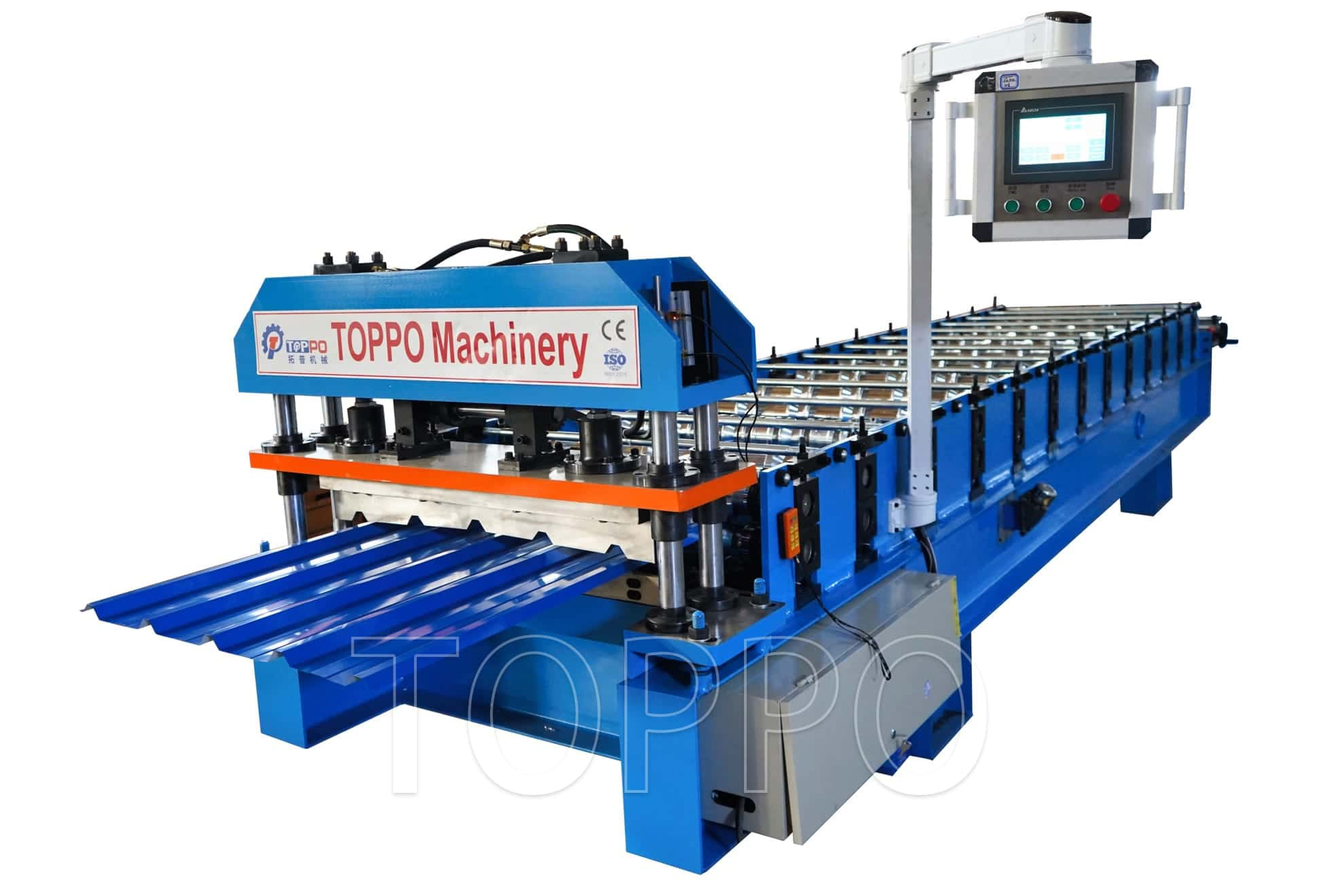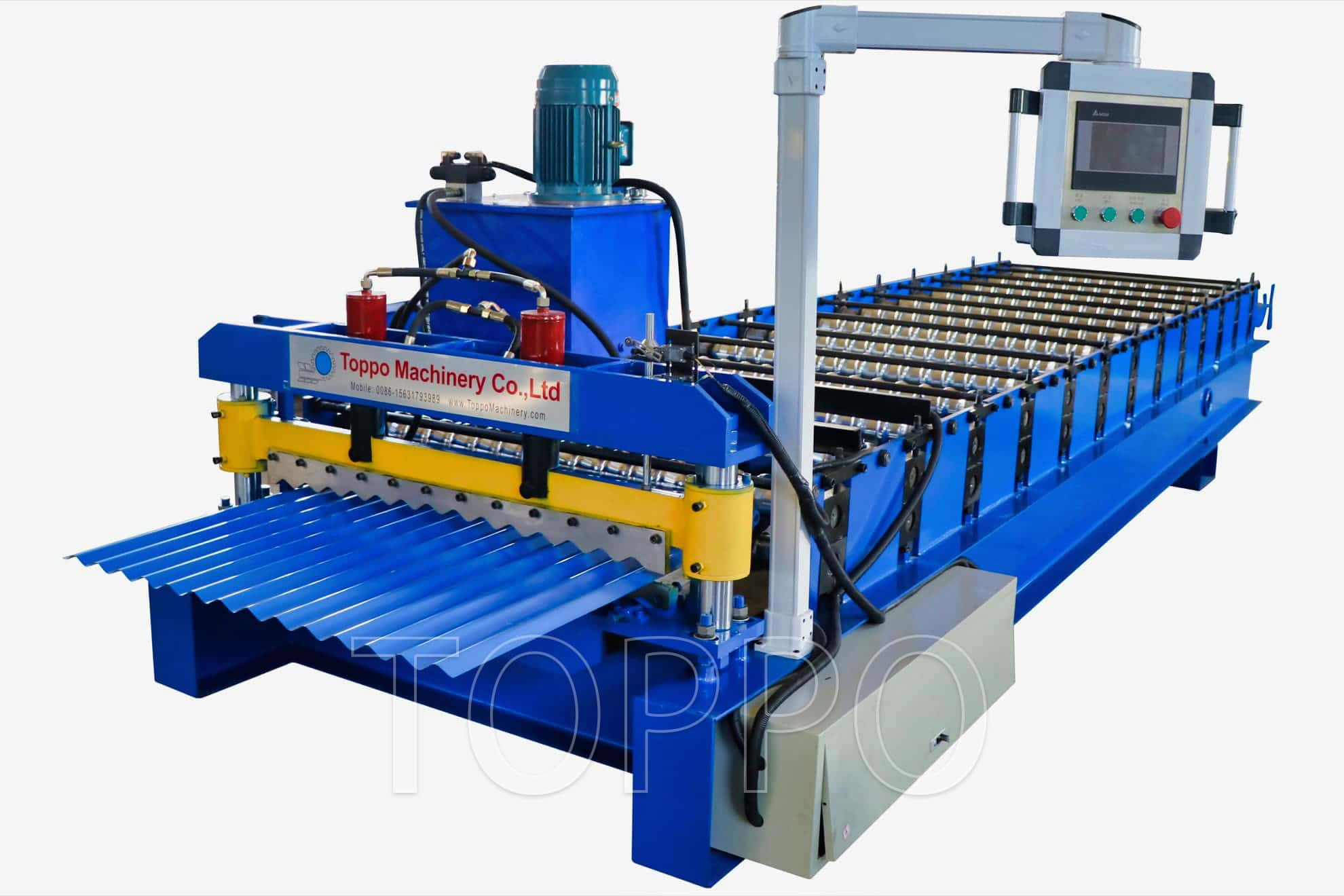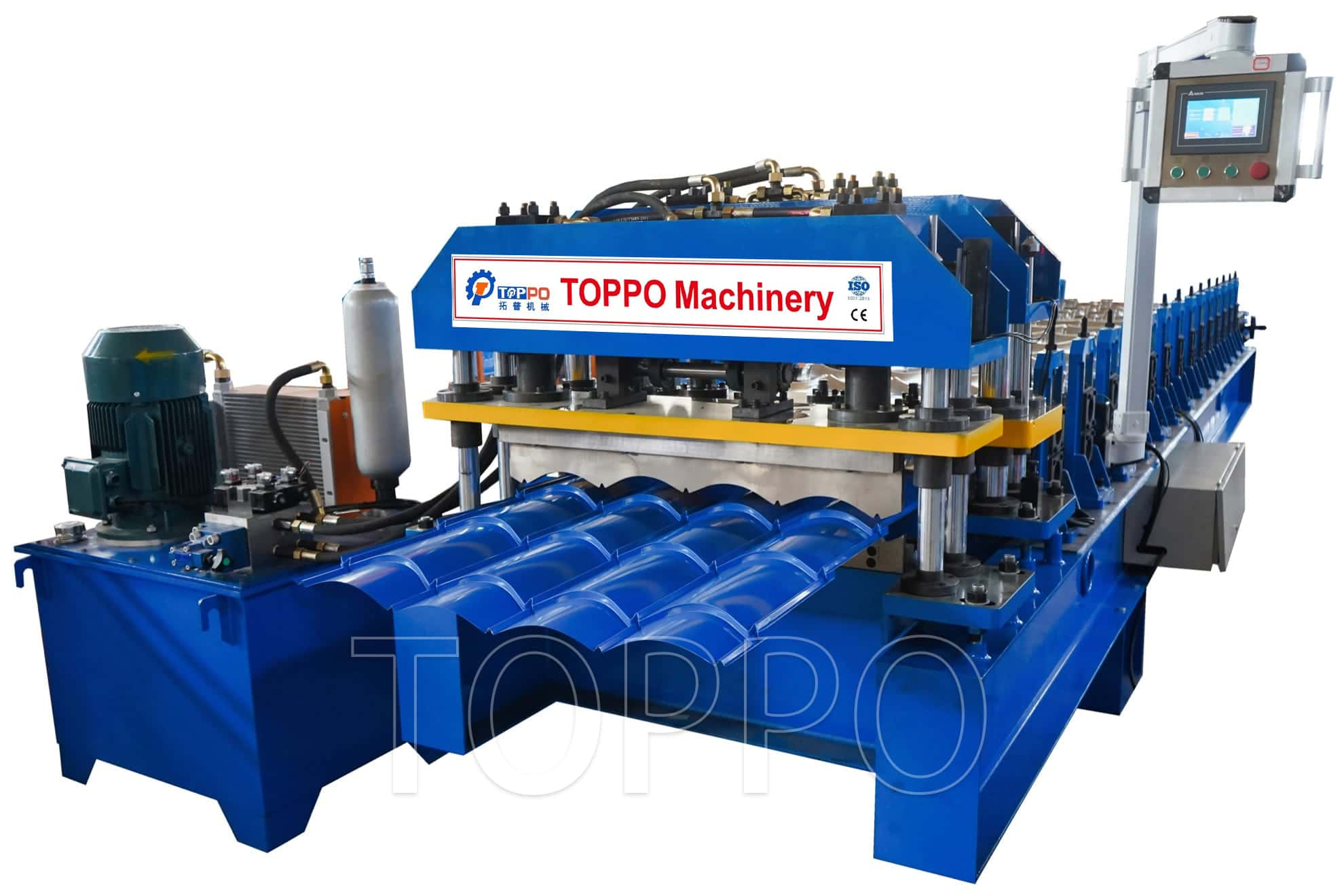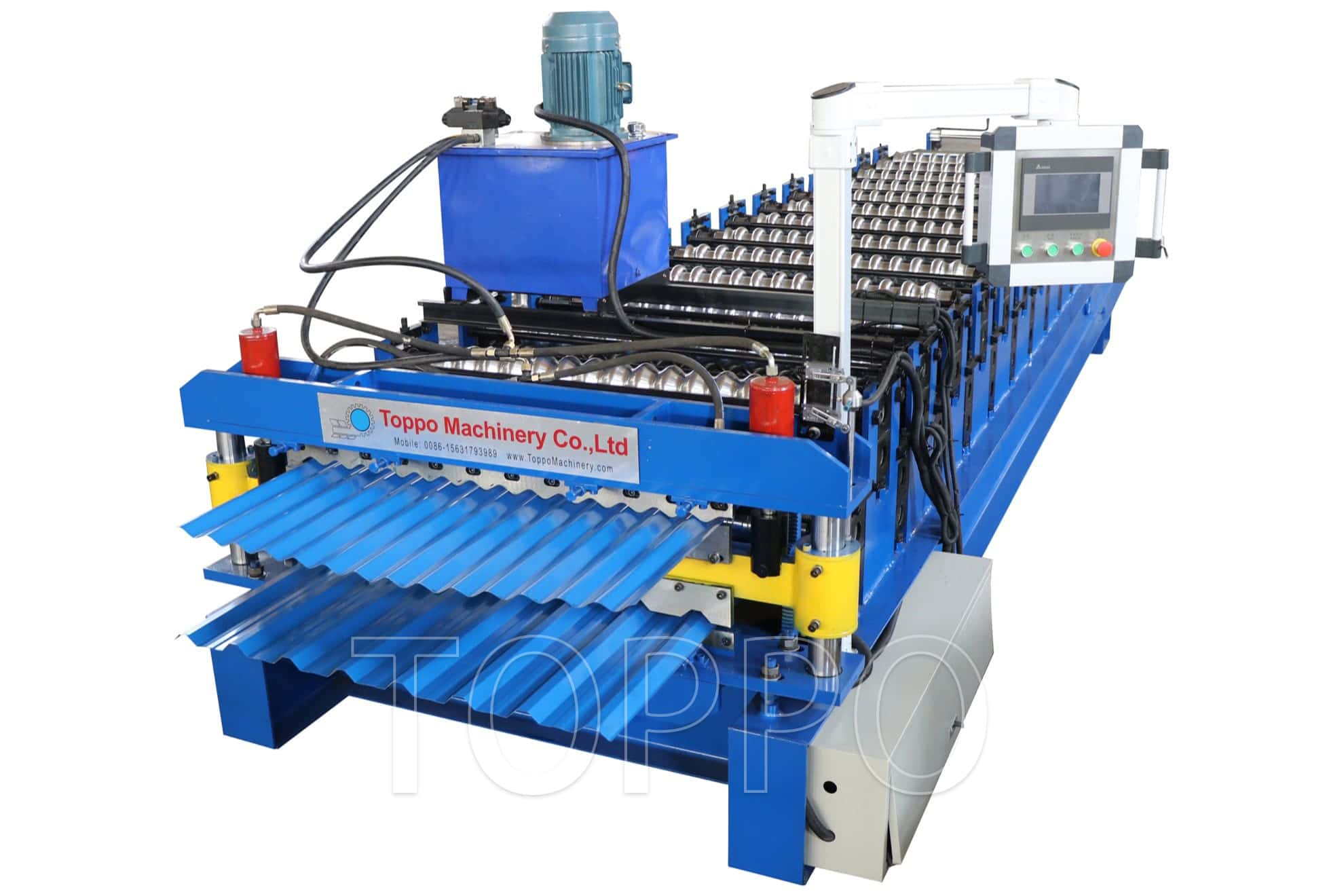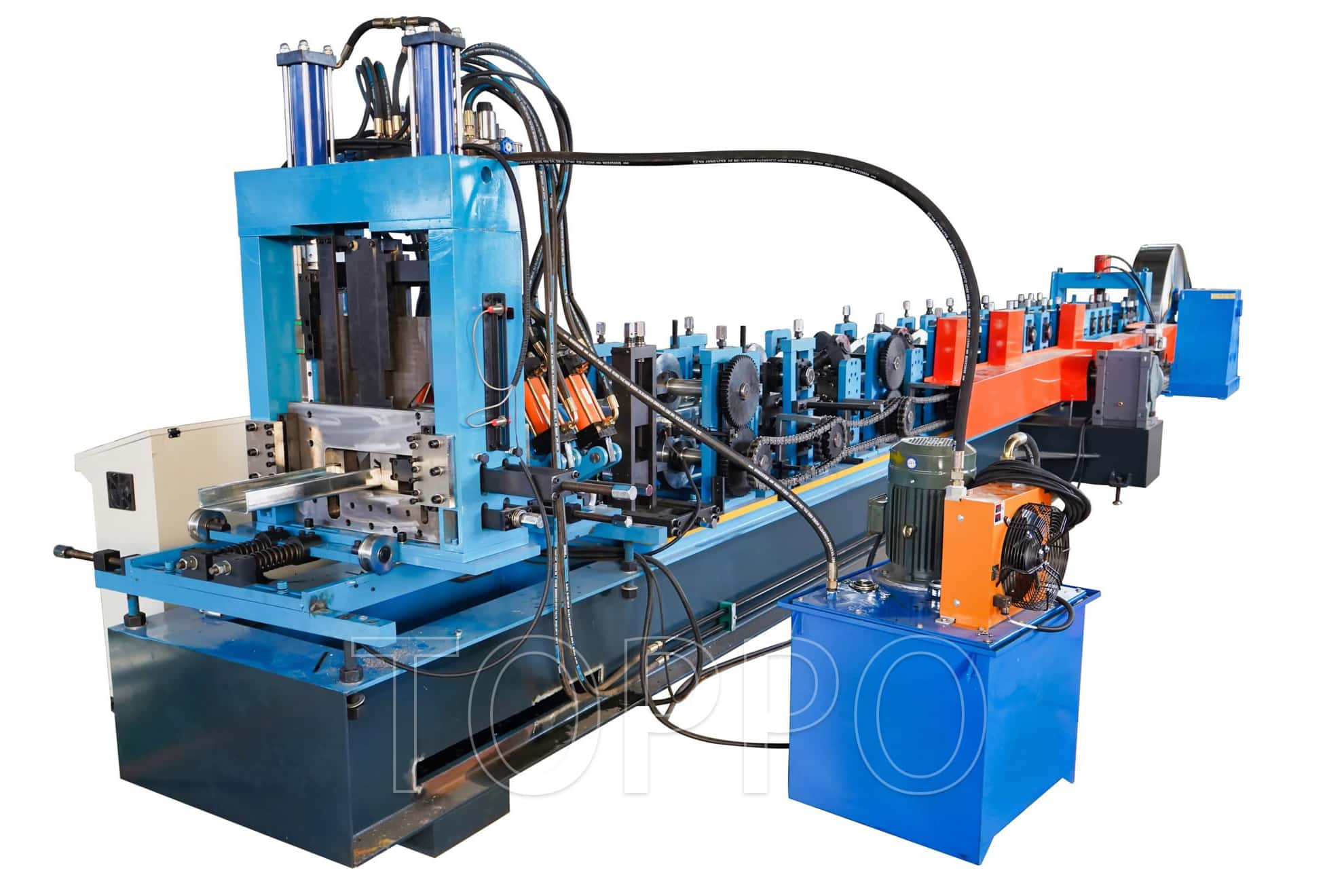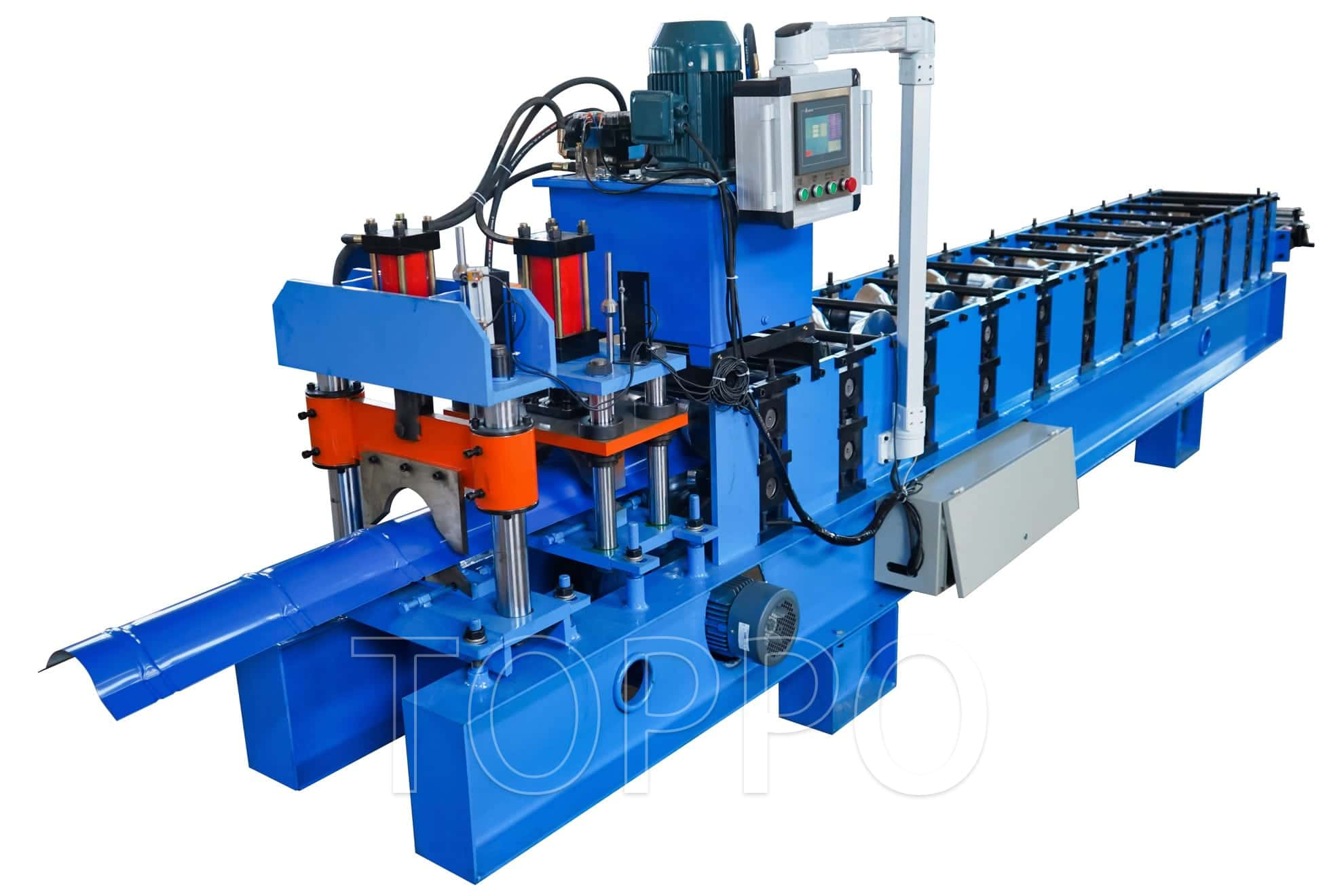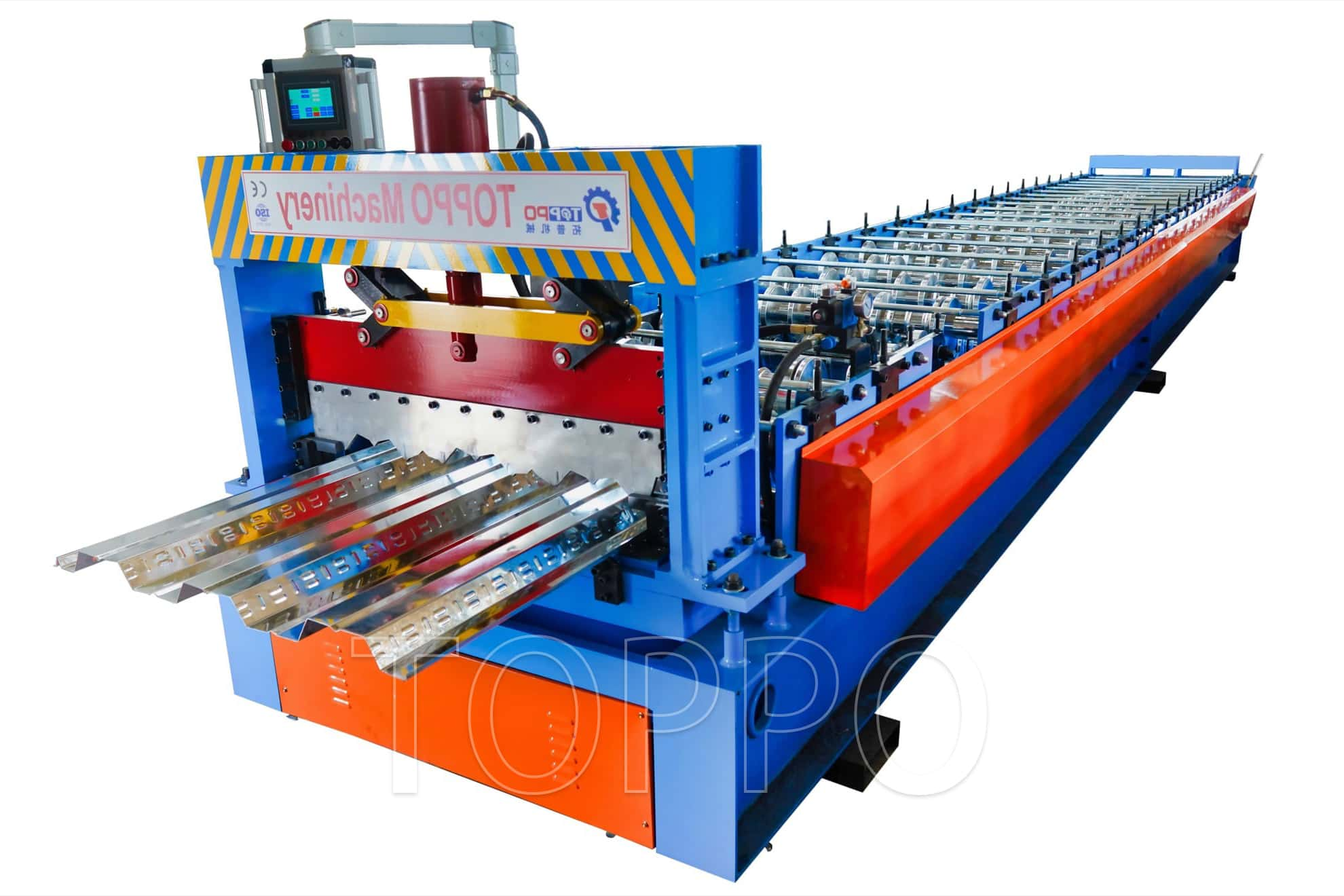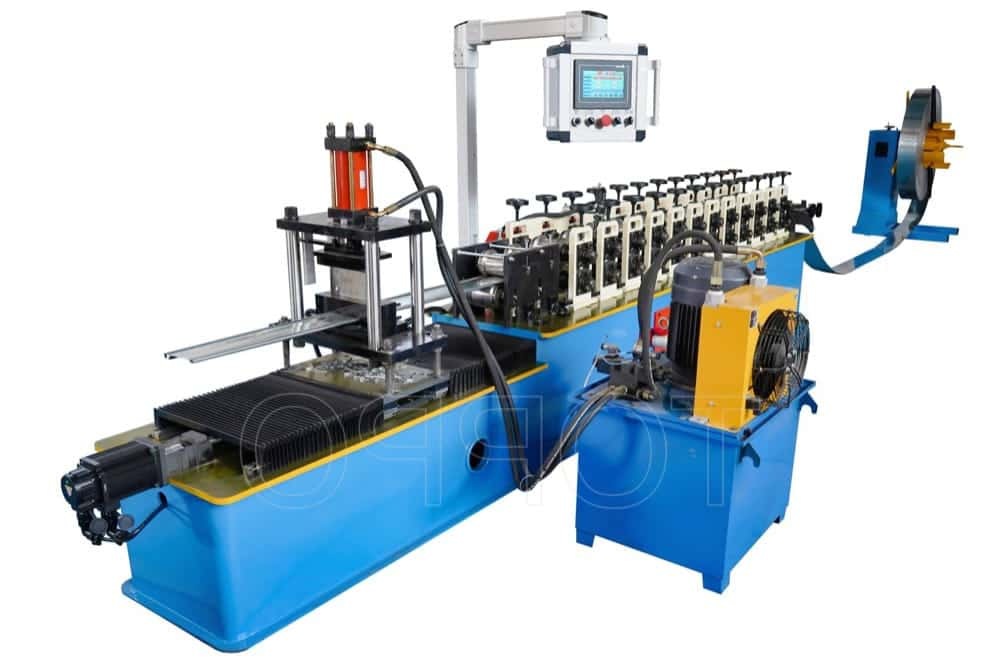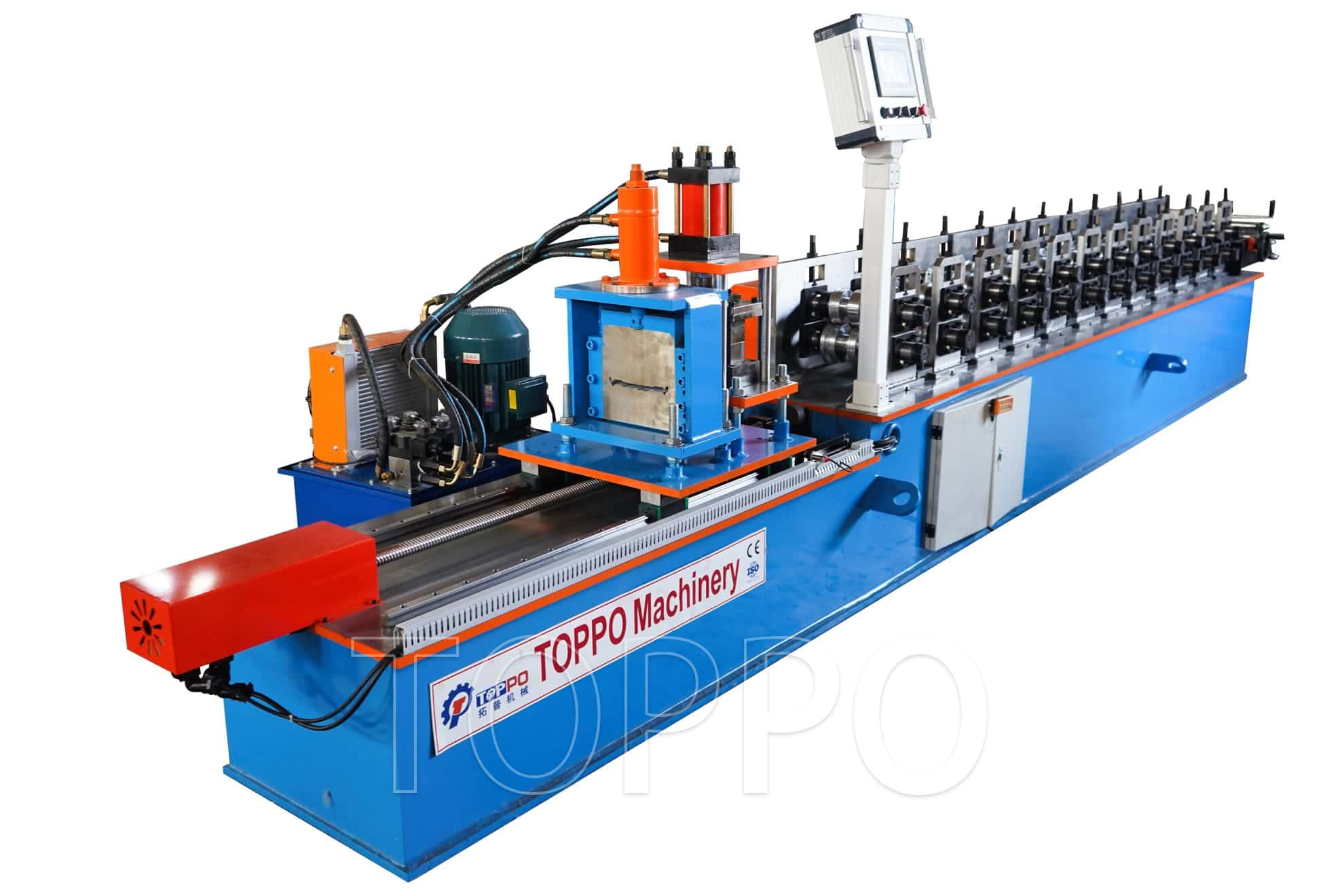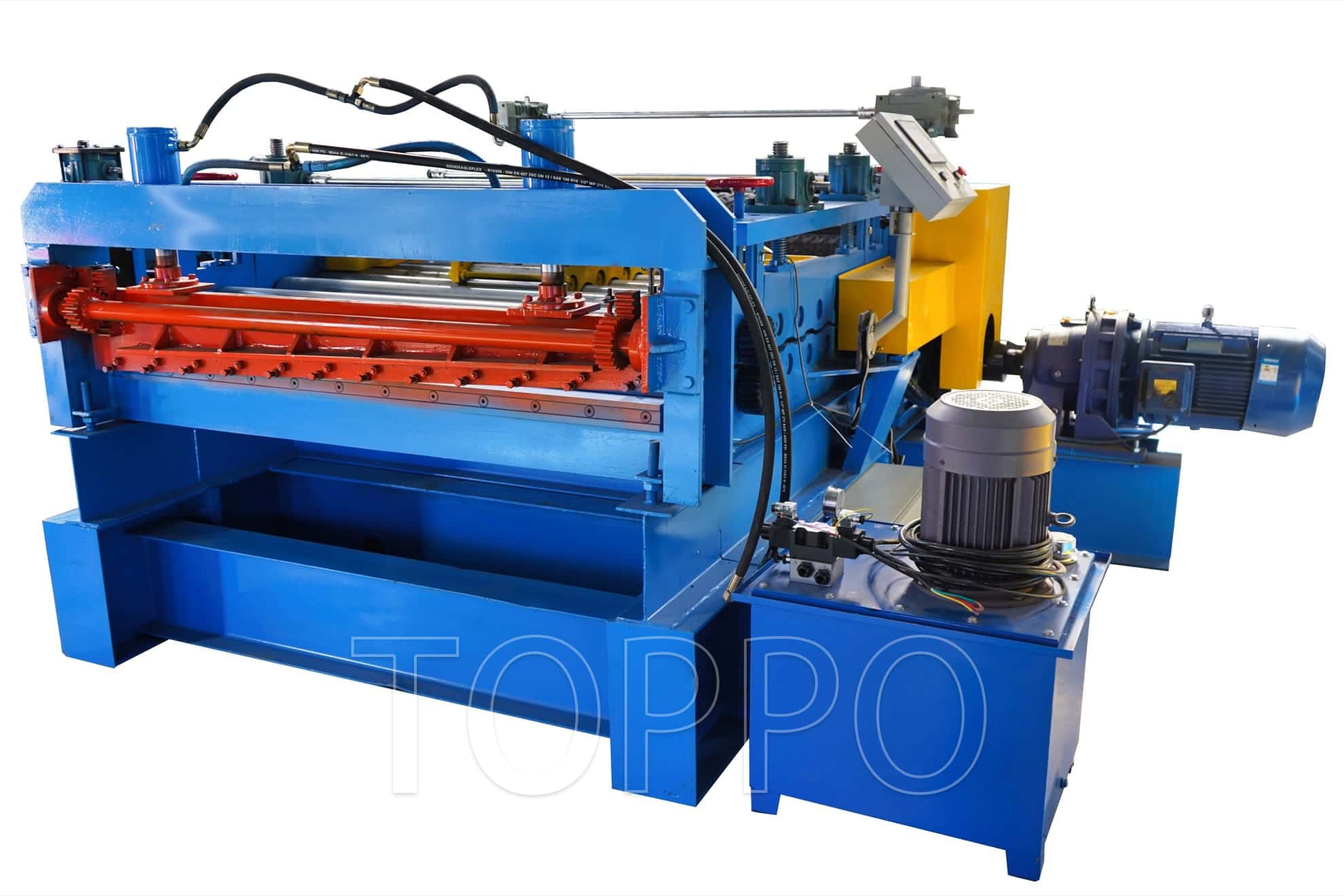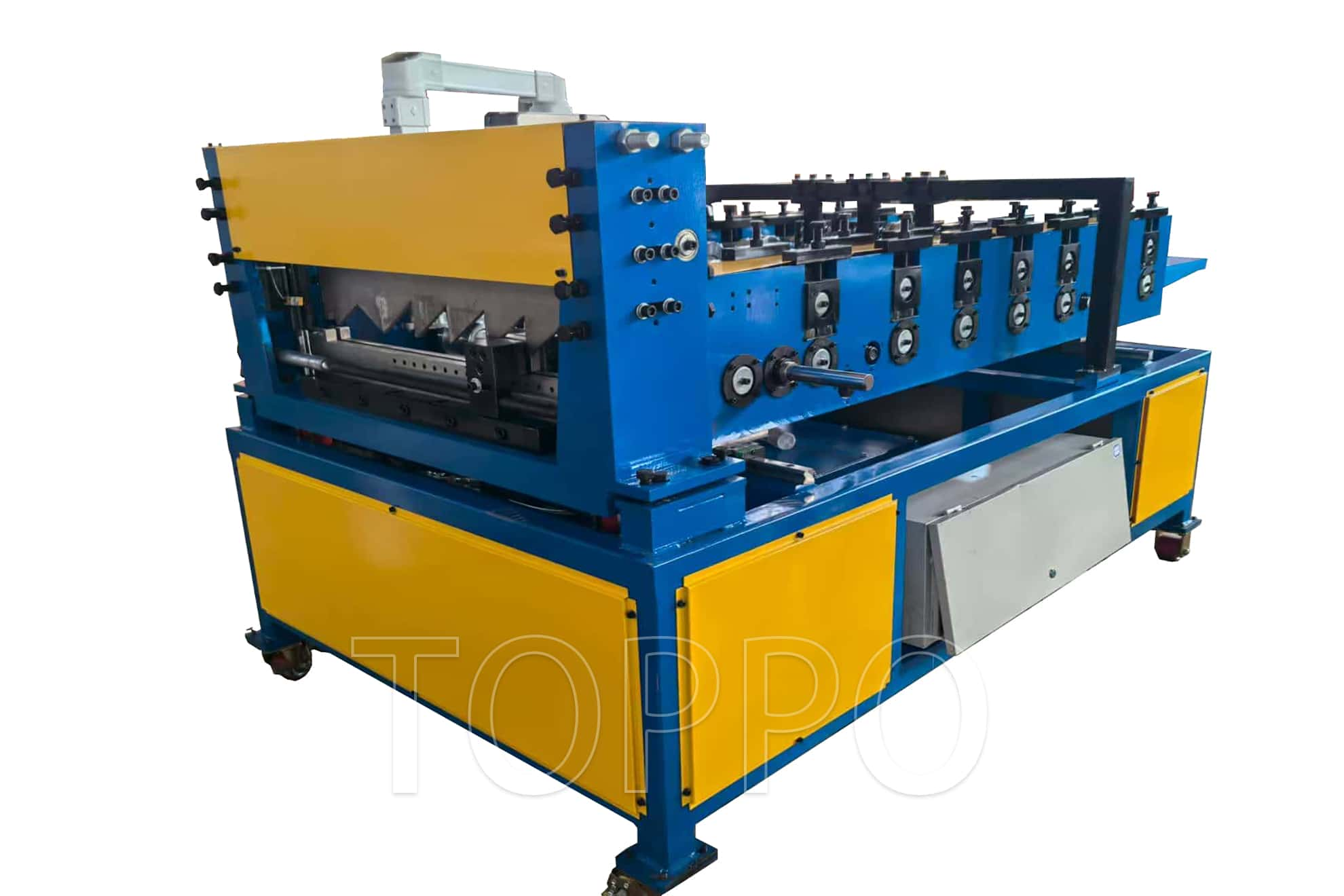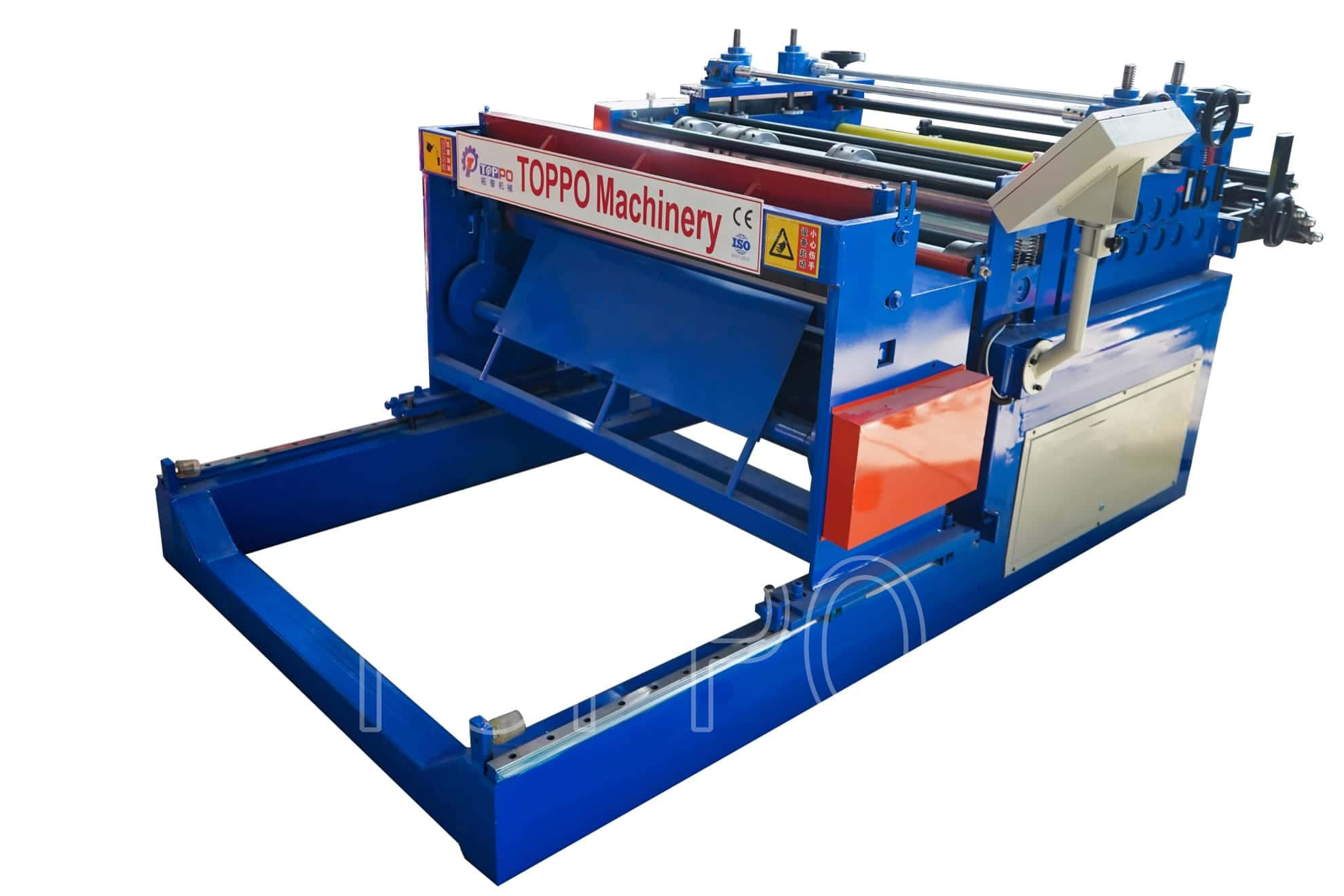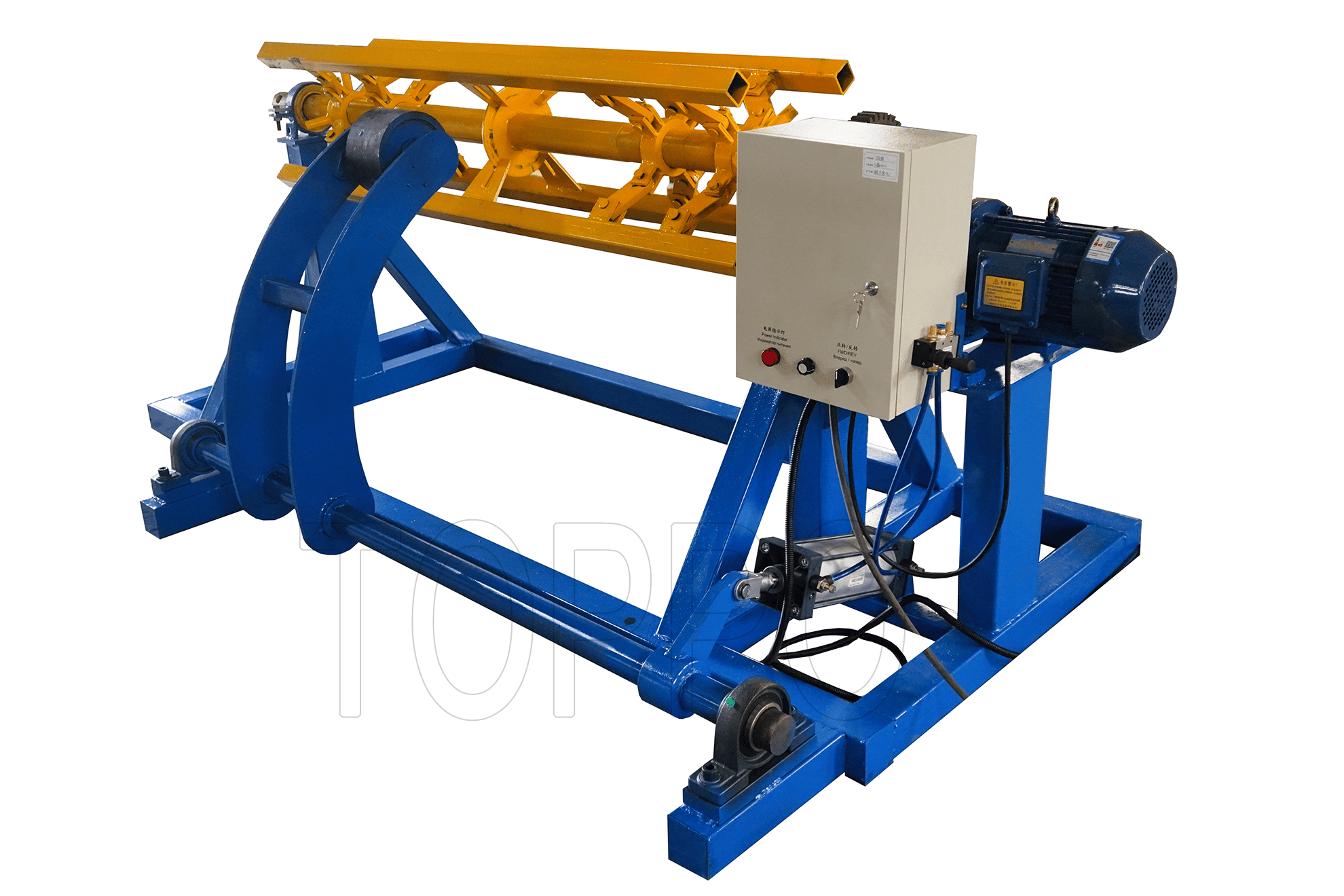- Trapezoidal Machine
- Corrugated Machine
- Glazed Tile Machine
- Double Layer Machine
- CZU Purlin Machine
- Ridge Cap Machine
- Floor Decking Machine
- Rolling Door Machine
- Fence Machine
- Embossing Machine
- Standing Seam Machine
- Cut To Length And Slitting Line
- Guard Rail Machine
- Decoiler And Stacker
- Stud And Track Machine
- Gutter And DownPipe
- Curving Machine
- Cladding Panel Machine
- Corollary Equipment

Architect’s Guide: Specifying Galvanized Roofs Using Automatic Tr5 Tr6 Metal Trapezoidal Roof Panel Roll Forming Machines
Architects play a vital role in ensuring durability and aesthetics for every roofing project. Leveraging the Automatic Tr5 Tr6 metal trapezoidal roof panel roll forming machine enables precise, high-quality outcomes. Here’s how architects can optimize results for clients and avoid common pitfalls.
Design to Specification
Assess Project Environment: Begin by evaluating climate, load requirements, and design goals. Specify steel grade, coating thickness, and trapezoidal profile shape that best fit the project site.
Machine Collaboration: Work closely with manufacturers operating advanced roof panel making machine and trapezoidal roll forming machine equipment. Share design files (CAD/DWG) for direct profile input and minimize translation errors.
Review Mock-Ups: Always inspect physical samples before full production. Review for profile consistency, edge finish, and zinc coating adherence.
Workflow Tips for Architects
Specify Clear Tolerances: Detailed tolerances in project documents prevent costly on-site adjustments.
Communicate Installation Protocols: Provide installers with layout diagrams and recommended fastener types for the chosen roof system.
Monitor Fabrication: During the manufacturing phase, periodic site visits help catch and resolve potential issues early.
Case Study: Award-Winning Office in Argentina
For a landmark office project in Argentina, the architect’s team partnered with a fabricator using an Automatic Tr5 Tr6 metal trapezoidal roof panel roll forming machine. Their direct collaboration led to flawless roof panel fitment and won a national award for energy efficiency and durability. Key factors included precise mock-up review and continual communication between the design and manufacturing teams.
Conclusion
For architects, specifying galvanized roofs with the right roof panel making machine and trapezoidal roll forming machine ensures performance and client satisfaction. The right technology and teamwork streamline the project workflow from concept to installation.
READ MORE



